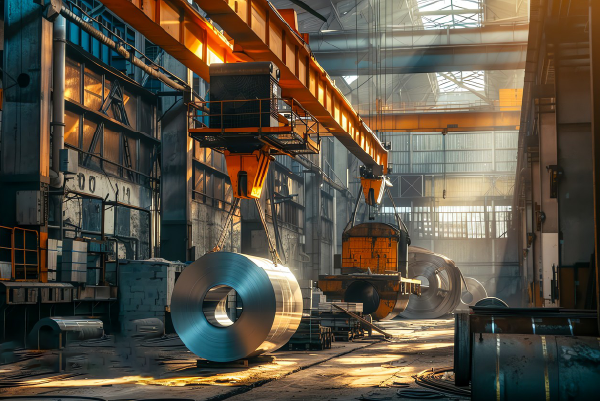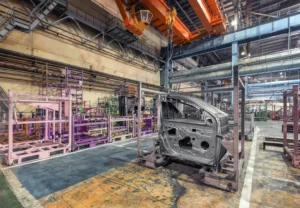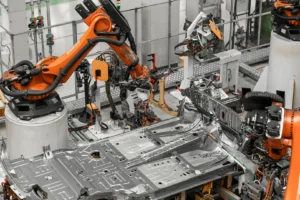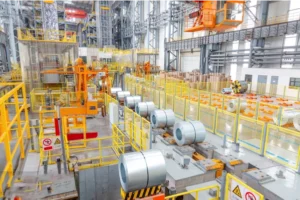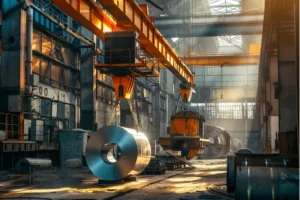Understanding Stainless Steel Coil: Grades, Cost-Effectiveness, and Sourcing Strategies
Navigating the stainless steel coil market is complex. Poor choices lead to budget overruns and project failures. Mastering grades and sourcing strategies is the key to your competitive advantage.
The key to mastering stainless steel coil procurement is to understand the specific applications of different grades, analyze market factors affecting cost, and develop strategic partnerships with integrated suppliers who can guarantee quality, mitigate risks, and provide stable pricing and delivery.
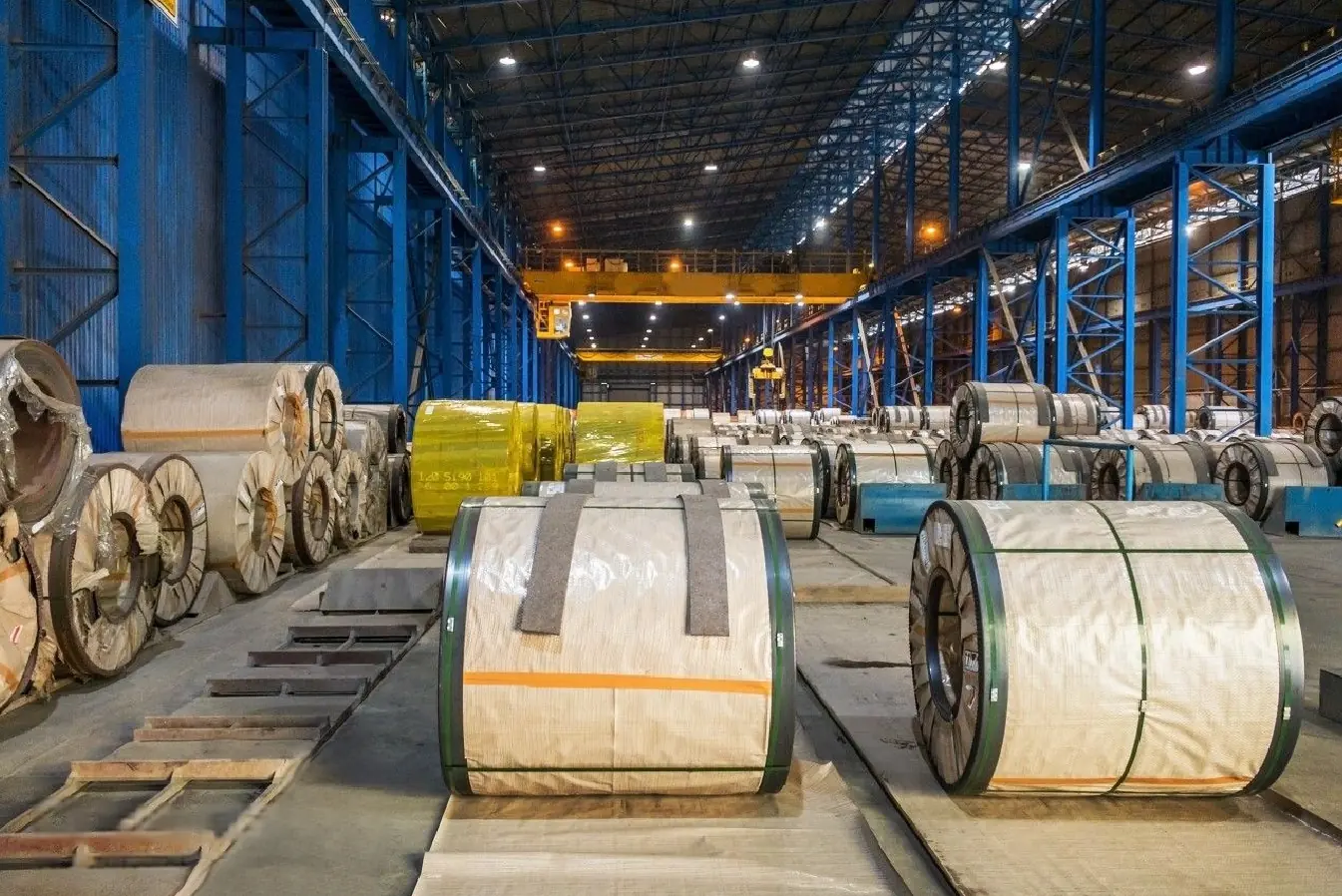
As the Global Business Director at MFY, I've spent years helping partners navigate this very landscape. The difference between a successful project and a costly failure often comes down to the foundational decisions made about your core material: the stainless steel coil. It’s more than just a commodity; it’s a strategic component. Let's break down how you can make smarter, more profitable decisions for your business by looking at the critical factors that define success in this industry.
What are the different grades of stainless steel coil and their applications?
The sheer number of grades is confusing. Choosing the wrong one for your application is a guaranteed way to waste money or compromise the integrity of your final product.
The most common stainless steel coil grades are 304, the versatile workhorse for general use; 316, which offers superior corrosion resistance for marine or chemical environments; and 430, a cost-effective magnetic option for indoor applications where corrosion is less of a concern.
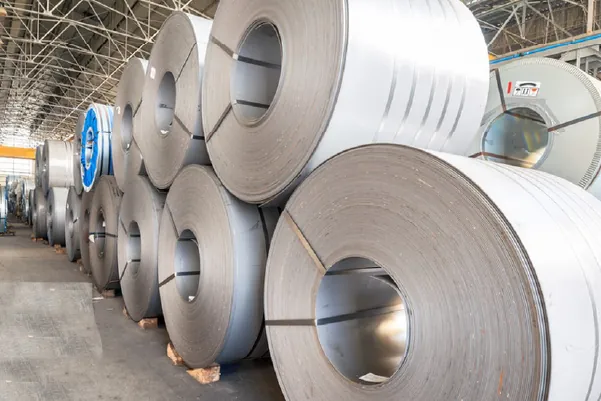
Choosing the right grade is the first and most critical step in your procurement process. It's a balance of performance requirements and budget. At MFY, we guide our clients through this decision every day. I remember a client in the food processing industry who was considering Grade 304 for new equipment to save on initial costs. After discussing their cleaning processes, which involved harsh sanitizing chemicals, we realized that Grade 316 was essential for long-term durability, saving them from premature replacement and costly downtime. This is why a deep understanding is so crucial.
Grade 304: The Workhorse
This is the most widely used grade of stainless steel in the world. Its combination of good corrosion resistance, excellent formability, and weldability makes it suitable for a huge range of applications, from kitchen sinks and appliances to architectural paneling and automotive trim. It's the go-to choice when you need a reliable, all-around performer.
Grade 316: The Marine Expert
When you need to step up the corrosion resistance, especially against chlorides found in saltwater and industrial chemicals, Grade 316 is the answer. The addition of molybdenum is the key difference. We see it used extensively in marine hardware, chemical processing equipment, and medical implants. The initial cost is higher than 304, but its extended lifespan in harsh environments provides a far greater return on investment.
Grade 430: The Cost-Effective Choice
As a ferritic stainless steel, Grade 430 is magnetic and offers good corrosion resistance in mild environments. It doesn't have the same strength as the 300-series grades, but it's a fantastic, lower-cost alternative for indoor applications like decorative trim, refrigerator panels, and automotive exhaust components.
| Grade | Key Element | Corrosion Resistance | Cost Index | Common Applications |
|---|---|---|---|---|
| 304 | Chromium, Nickel | Good | Medium | Kitchenware, Architecture, Tubing |
| 316 | Cr, Ni, Molybdenum | Excellent | High | Marine, Chemical, Medical |
| 430 | Chromium | Moderate | Low | Appliances, Automotive Trim |
How does the current market for stainless steel coil affect its cost-effectiveness?
Market prices seem to change constantly. This volatility makes accurate budgeting and forecasting incredibly difficult, putting pressure on your project margins and overall profitability.
The cost-effectiveness of stainless steel coil is directly influenced by volatile raw material prices, particularly nickel and chromium. Global supply and demand, energy costs, and international logistics also play significant roles in determining the final price you pay.

Understanding market dynamics is not just for traders; it's essential for any large-scale buyer. The price of your coil is not arbitrary. It's a direct reflection of a complex global supply chain. By understanding the key drivers, you can anticipate trends and make more strategic purchasing decisions. For instance, last year, during a significant spike in nickel prices, we worked closely with a major appliance manufacturer. We helped them analyze their product line and successfully transition some non-critical components from a 304 grade to a 430 grade, shielding them from the worst of the price increase without compromising product quality.
The Role of Raw Materials
The price of nickel is the single biggest factor affecting the cost of 300-series stainless steel, like 304 and 316. When nickel prices are high, the cost of these grades rises sharply. Chromium is another key input. We at MFY monitor these commodity markets daily because they directly impact the advice we give our partners. Being aware of these trends allows you to time your purchases or consider alternative grades when the market is unfavorable.
Global Supply and Demand Dynamics
The stainless steel industry is truly global. A new infrastructure project in Southeast Asia or a slowdown in European automotive manufacturing can ripple through the market and affect prices everywhere. Furthermore, geopolitical tensions can disrupt supply chains or lead to tariffs, adding another layer of cost and uncertainty. This is why sourcing from a region with a massive, integrated production base like China can provide a buffer. Our ability at MFY to manage large inventories and leverage our full-stream production helps us offer more stable pricing to our clients, even in a volatile market.
What challenges do buyers face when sourcing stainless steel coil?
Sourcing seems simple on the surface. But hidden problems with quality, delivery, and communication can derail your entire production schedule, causing massive delays and unexpected costs.
Buyers frequently face challenges such as inconsistent quality control between batches, volatile and unpredictable pricing, unreliable lead times leading to production delays, and navigating the complexities of international logistics and customs clearance.
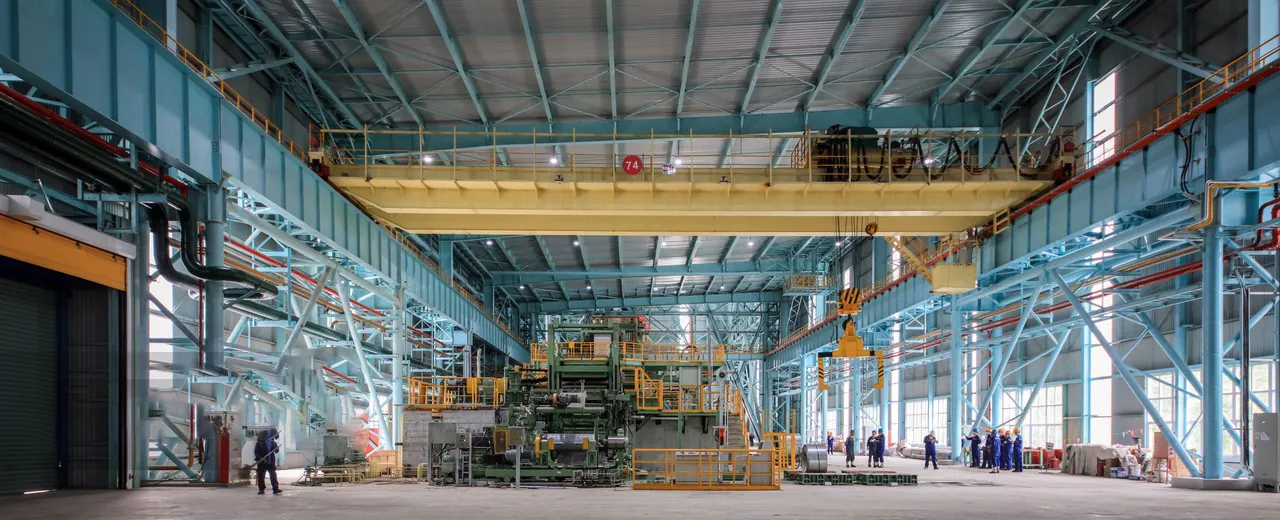
These are not just minor inconveniences; they are significant business risks. I remember a new client from South America who came to us after a terrible experience with another supplier. A shipment of coil arrived with inconsistent thickness and surface defects, making it unusable for their automated production line. The project was halted for over a month while they scrambled for a replacement. This story is all too common, and it highlights why your sourcing process must be built on a foundation of trust and verification. It's not just about finding the lowest price; it's about finding the lowest risk.
Ensuring Consistent Quality
The most critical document for any buyer is the Mill Test Certificate (MTC)[^1]. This document certifies the material's chemical composition and mechanical properties, proving it meets the required standards. However, not all MTCs are reliable. A major challenge is ensuring the material you receive perfectly matches the MTC. This requires a supplier with rigorous, verifiable quality control processes at every stage of production. Without this, you risk receiving a product that fails in application, leading to liability and reputational damage.
Navigating Logistical Hurdles
For global buyers, the journey from the mill to your factory is filled with potential pitfalls. Port congestion, customs inspections, fluctuating shipping rates, and documentation errors can all cause significant delays. A simple mistake on a bill of lading can leave your material stuck at a port for weeks. This is why working with a partner who has a dedicated and experienced logistics team is non-negotiable. They can anticipate these issues and manage the process smoothly, ensuring your material arrives on time and on budget.
What strategies can be employed to overcome sourcing challenges for stainless steel coil?
Facing constant sourcing problems is frustrating. These issues directly impact your bottom line and create unnecessary stress. Proactive strategies can transform sourcing from a liability into a competitive advantage.
Effective strategies include partnering with a fully integrated supplier to ensure quality control, diversifying your sourcing to mitigate regional risks, building long-term relationships for better service and pricing, and leveraging technology for supply chain transparency.
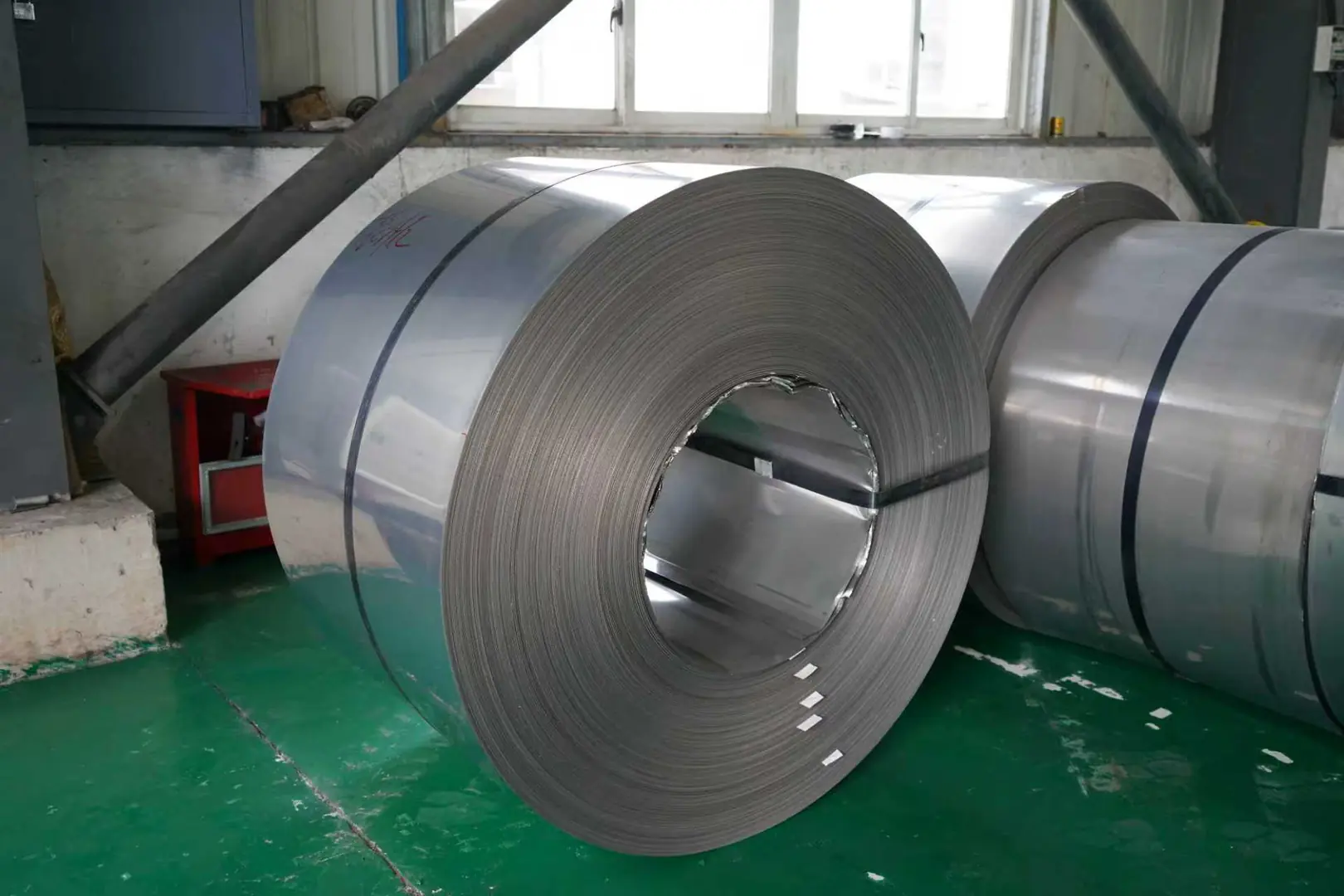
The old model of simply sending out a request for quotation to the cheapest supplier is broken. It's a transactional approach that invites risk. A modern, resilient sourcing strategy is built on partnership. It’s about finding a supplier who understands your business and is invested in your success. At MFY, we don't just sell steel; we provide a reliable supply chain solution. We see our clients' goals as our own, because when they succeed, we succeed. This shift in mindset from a simple transaction to a strategic partnership is the most powerful strategy you can employ.
The Power of an Integrated Supplier
An integrated supplier is one who controls multiple stages of the supply chain, from raw material processing to final coil production and even logistics. This is the model we operate on at MFY. Because we manage the entire process, we have unparalleled control over quality, production scheduling, and cost. There are no gaps where quality can slip or miscommunication can occur. This integration allows us to provide consistent, high-quality products with reliable lead times, which is a major advantage for our partners who need to manage their own production schedules precisely.
Strategic Sourcing from China
China has the world's most robust and advanced stainless steel production capability. Sourcing strategically from China gives you access to enormous capacity, technological innovation, and competitive pricing. The key is to find the right partner within this vast ecosystem. A partner like MFY acts as your gateway, providing the on-the-ground expertise, quality assurance, and logistical know-how to leverage the full strength of China's supply chain while protecting you from the risks of dealing with unknown entities.
What are the recommended practices for ensuring quality and cost-efficiency in stainless steel coil procurement?
You need to balance quality and cost. But cutting corners on quality to save money often leads to higher long-term costs. There are proven methods to achieve both.
Best practices include creating highly detailed technical specifications, conducting thorough vetting of potential suppliers, demanding and verifying Mill Test Certificates (MTCs), and establishing long-term procurement plans to leverage volume and secure stable pricing.
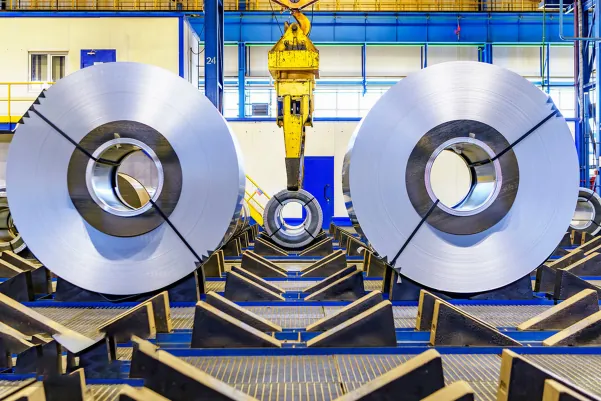
Procurement excellence is a discipline. It requires a systematic approach that leaves nothing to chance. The goal is to achieve the best total value, not just the lowest initial price. This means considering the material's lifecycle, the reliability of the supply, and the risk of production downtime. By implementing these recommended practices, you move from being a reactive buyer to a strategic procurement professional who adds tangible value to your organization. It's about making informed, deliberate choices that strengthen your entire operation.
Defining Your Specifications
Before you even contact a supplier, you must have a crystal-clear definition of your needs. This goes beyond just the grade. It should include precise requirements for thickness and width tolerances, surface finish[^2] (e.g., 2B, BA, No. 4), hardness, and any specific packaging requirements to prevent damage during transit. The more detailed your specification, the less room there is for error or misunderstanding.
The Importance of Vetting
Never take a supplier at their word. A thorough vetting process is essential to protect your business. This involves more than just a price comparison. You need to verify their capabilities and reliability.
| Vetting Checklist | Action Item |
|---|---|
| Certifications | Request copies of ISO 9001 and other relevant quality certifications. |
| Production Capacity | Inquire about their annual tonnage and production equipment. |
| MTC Samples | Ask for sample MTCs from previous production runs to check for detail. |
| Client References | Speak to their existing clients, especially those in your industry or region. |
| Logistics Team | Understand their process for managing international shipping and documentation. |
Conclusion
Mastering stainless steel coil procurement is achievable. It requires moving beyond price and focusing on the strategic pillars of grade knowledge, market awareness, and, most importantly, building a strong partnership with a reliable, integrated supplier. This approach transforms your supply chain into a source of competitive advantage.
Have Questions or Need More Information?
Get in touch with us for personalized assistance and expert advice.
